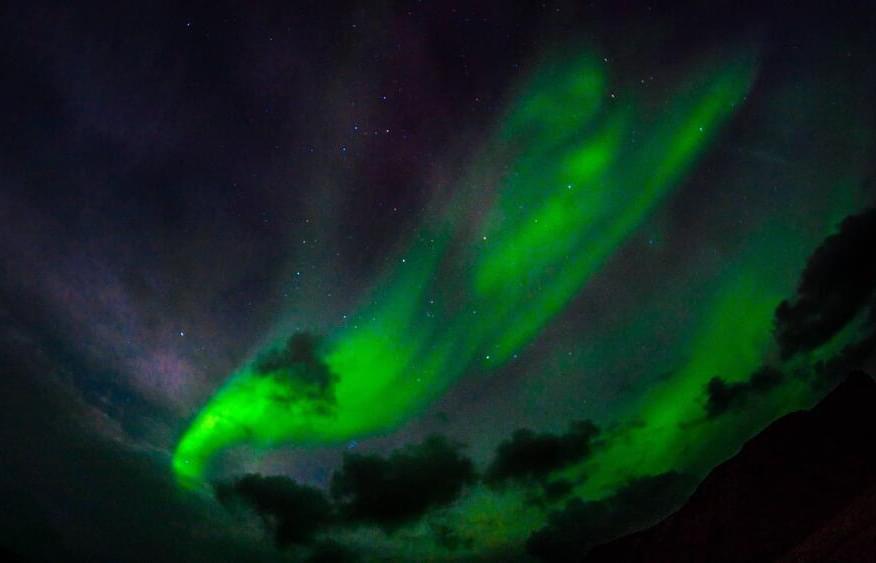The term artificial airglow describes the intentional augmentation or production of atmospheric airglow which is the earth’s atmosphere’s natural light emission. This phenomenon, which can be seen at different altitudes, is brought on by solar and cosmic radiation interacting with atmospheric molecules like oxygen and nitrogen. The dim, diffuse, and typically greenish light produced by artificial airglow is most noticeable at night and has long been studied for its unique celestial properties.
Four days of research and experimentation
Now, the high-frequency radio wave transmitter called the High-Frequency Active Auroral Research Program (HAARP) facility in Alaska will create the phenomenon in the sky for four days starting from Saturday in order to conduct experiments on the ionosphere, a region of our planet’s upper atmosphere that contains a high concentration of ions and free electrons and extends from about 30 miles (50 kilometers) above the earth’s surface to several hundred miles in altitude.










Comments are closed.